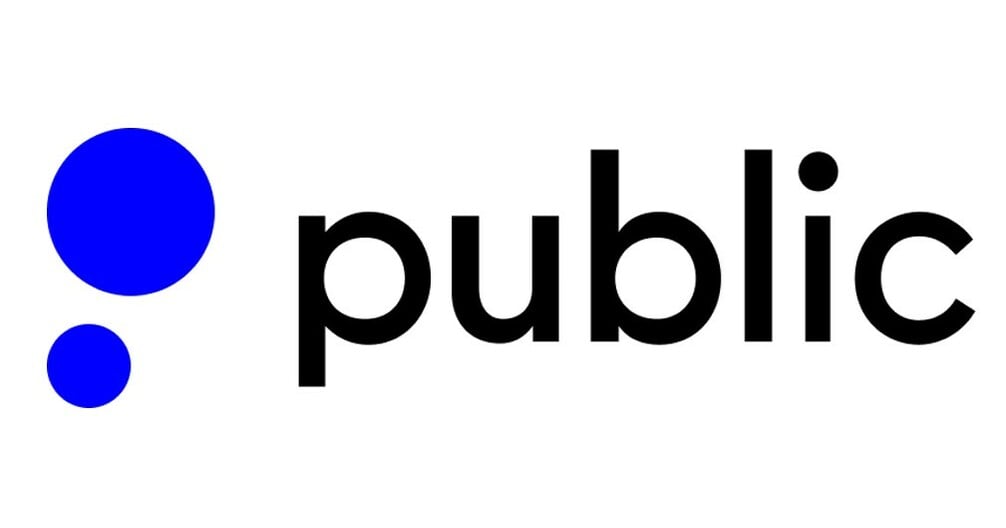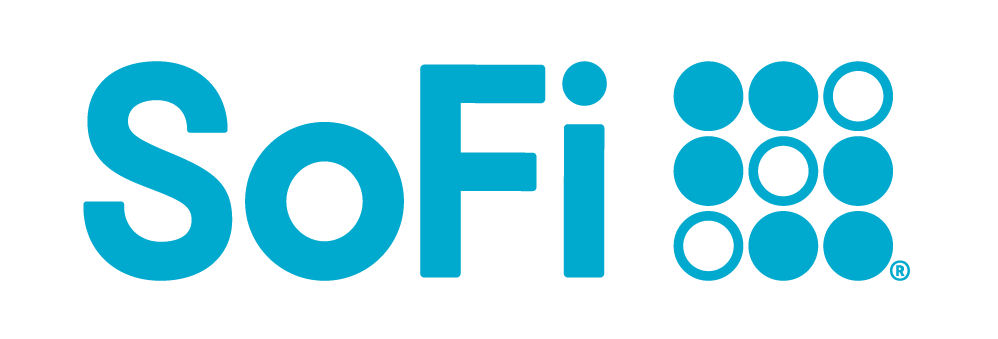Standout Investing Platforms of 2025
To buy stocks, you’ll first need a brokerage account, which you can set up in about 15 minutes. Then, once you’ve added money to the account, you can find, select and invest in individual companies. One of the easiest ways to buy stocks is through an online stockbroker. After opening and funding your account, you can buy stocks through the broker’s website in a matter of minutes. To make the search easier, we created this shortlist of picks from our partners.
NerdWallet, Inc. is not an investment advisor and does not provide advice, brokerage services, or recommendations to buy or sell particular stocks or securities.
| Broker | NerdWallet rating | Promotion | Fees | Account minimum |
|---|---|---|---|---|
5.0/5 | None no promotion available at this time | $0 per trade for online U.S. stocks and ETFs | $0 | |
4.4/5 | None no promotion available at this time | $0 per trade | $0 | |
4.5/5 | 1 Free Stock after linking your bank account (stock value range $5.00-$200) | $0 per trade | $0 | |
4.5/5 | Get up to $700 when you open and fund a J.P. Morgan Self-Directed Investing account with qualifying new money. | $0 per trade | $0 | |
4.8/5 Excellent for frequent traders & beginner investors | None no promotion available at this time | $0 per online equity trade | $0 |
| Broker | NerdWallet rating | Fees | Account minimum | Promotion | Learn more | |
|---|---|---|---|---|---|---|
5.0/5 | $0 per trade for online U.S. stocks and ETFs | $0 | None no promotion available at this time | Learn moreon Fidelity's website | ||
4.4/5 | $0 per trade | $0 | None no promotion available at this time | Learn moreon Vanguard's website | ||
4.5/5 | $0 per trade | $0 | 1 Free Stock after linking your bank account (stock value range $5.00-$200) | Learn moreon Robinhood's website | ||
4.5/5 | $0 per trade | $0 | Get up to $700 when you open and fund a J.P. Morgan Self-Directed Investing account with qualifying new money. | Learn moreon J.P. Morgan's website | ||
4.8/5 Excellent for frequent traders & beginner investors | $0 per online equity trade | $0 | None no promotion available at this time | Learn moreon Charles Schwab's website |
When choosing an online brokerage, it’s crucial to align your decision with your investment goals, preferred asset types, fees, tools, and retirement planning needs. Here's a detailed breakdown of how to think about stocks, ETFs, bonds, mutual funds, index funds, and retirement in this context:
🧾 1. Stocks
What to look for:
Commission-free trading: Most major brokers now offer $0 commissions on stock trades (e.g., Fidelity, Charles Schwab, TD Ameritrade, E*TRADE).
Research tools: Screeners, analyst ratings, news, and charting tools.
Order types: Ensure the platform supports limit, stop-loss, and conditional orders.
Good for: Active traders, investors who want to pick individual companies.
📊 2. ETFs (Exchange-Traded Funds)
What to look for:
Commission-free ETFs: Many brokers offer a wide selection of no-commission ETFs.
Fractional shares: Helpful for buying expensive ETFs with smaller amounts.
Automatic reinvestment: DRIP (dividend reinvestment plan) availability can help compound returns.
Good for: Diversification, low-cost passive investing, beginners.
💵 3. Bonds
What to look for:
Access to various bond markets: Government, municipal, and corporate bonds.
Bond screeners and ratings: Tools for evaluating credit quality and yields.
Ease of laddering: If you want to build a bond ladder, make sure it’s easy to do on the platform.
Good for: Conservative investors seeking income and lower volatility.
💼 4. Mutual Funds
What to look for:
No transaction fee (NTF) mutual funds: Many brokers offer a list of funds without fees.
Fund minimums: Some brokers have lower minimums than fund companies themselves.
Fund variety: Availability of both in-house and third-party funds.
Good for: Long-term investors looking for professional management.
🌍 5. Index Funds
What to look for:
Low expense ratios: Key to long-term returns.
Broad market access: Look for index funds tracking major benchmarks (S&P 500, total market, international).
Accessibility: Some platforms (like Fidelity and Vanguard) offer proprietary index funds with ultra-low fees.
Good for: Passive investors aiming to match market returns.
🧓 6. Retirement Accounts (IRA, Roth IRA, etc.)
What to look for:
Account types: Ensure the broker offers the retirement accounts you need (traditional IRA, Roth IRA, SEP IRA).
No maintenance or account fees: Many top brokers waive these.
Automatic investing & rebalancing: Helps manage long-term retirement goals.
Target-date funds: Ideal for “set-it-and-forget-it” retirement investing.
Good for: Long-term, tax-advantaged investing.
🧠 Other Considerations When Choosing a Brokerage
Ease of use: Clean interface, mobile app, customer service.
Educational resources: Especially valuable for beginners.
Customer support: Availability of chat/phone support or advisors.
Cash management: Some brokers offer high-yield savings or cash sweep accounts.
Reputation and security: SIPC insurance, data encryption, and long-standing market presence.
🏁 Final Thought: Match the Platform to Your Needs
Choose a broker that fits your mix of investments:
Diversified DIY investor: Fidelity, Schwab, or Vanguard.
Beginner: SoFi, Ally Invest, or Merrill Edge with educational tools.
Active trader: TD Ameritrade (or thinkorswim), Interactive Brokers.
ETF-focused investor: Vanguard or Charles Schwab.
Retirement-focused: Fidelity or Vanguard (strong IRA and target-date fund options).
To recap our selections...
NerdWallet's Standout Investing Platforms of 2025- Fidelity
- Vanguard
- Robinhood
- J.P. Morgan Self-Directed Investing
- Charles Schwab: Excellent for frequent traders & beginner investors
- Webull
- Public
- Interactive Brokers IBKR Pro
- SoFi Active Investing








